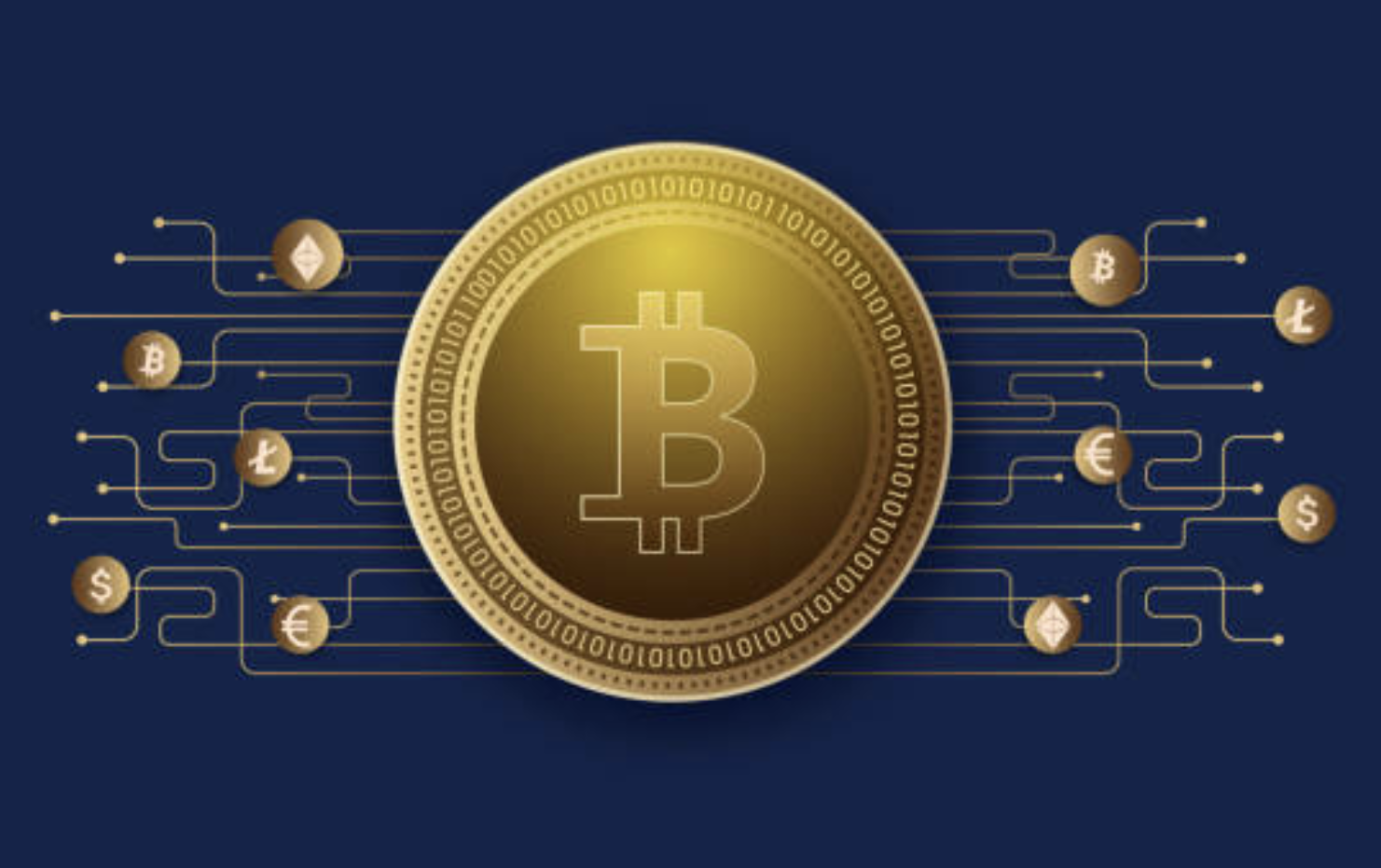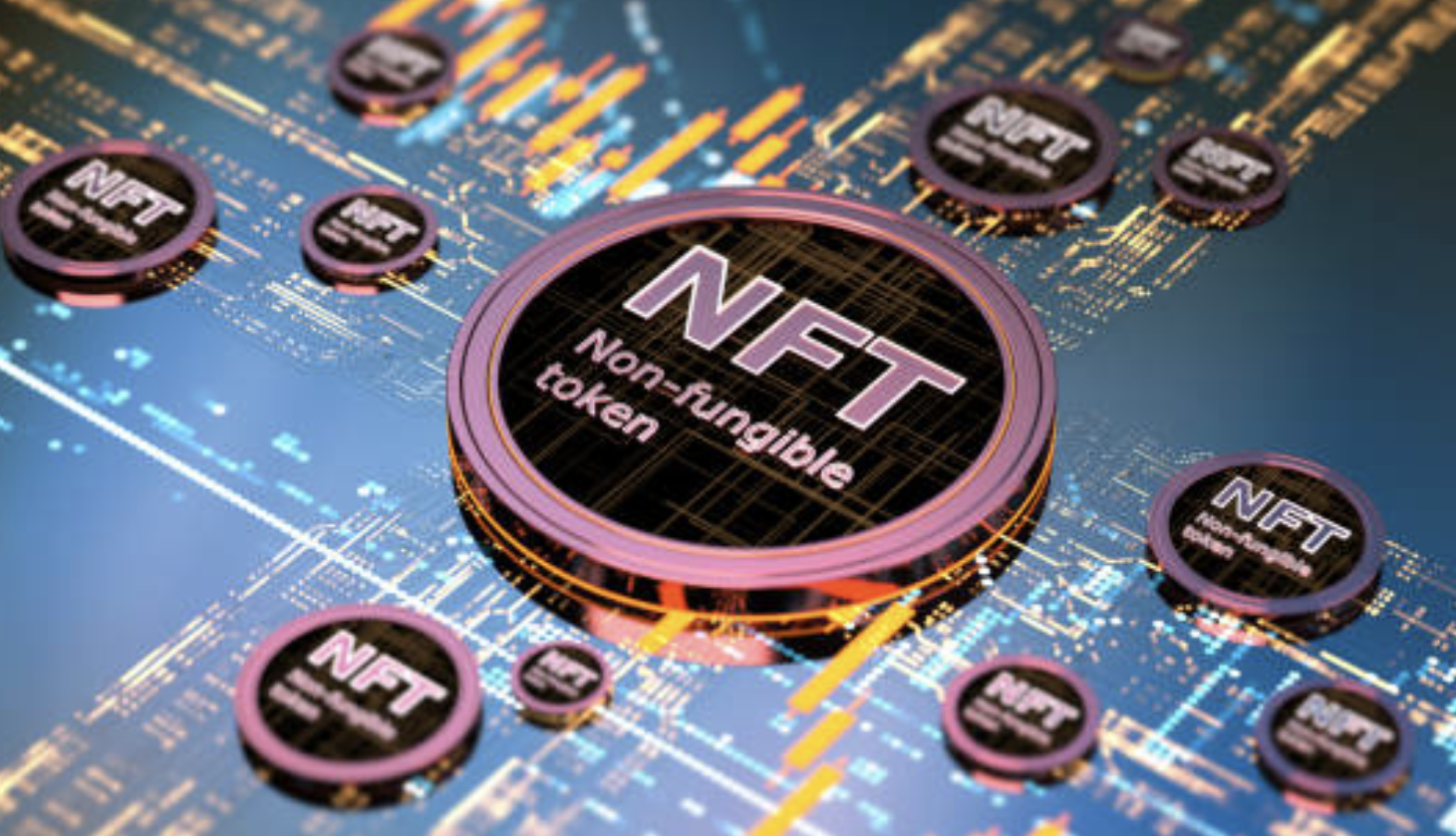Join Our Telegram channel to stay up to date on breaking news coverage
The world of Bitcoin is experiencing significant development with the introduction of a dollar-backed stablecoin. Stably USD, the latest token to enter the scene, aims to establish itself as the preferred currency for traders engaging in the growing array of innovative assets built on the Bitcoin network.
Stably, the issuing company claims that its stablecoin offers a more cost-effective and efficient trading option compared to fiat currencies or even Bitcoin itself.
The concept of ordinals, which has rapidly evolved since January, has played a pivotal role in this expansion. Initially conceived as a means to “inscribe” non-fungible tokens (NFTs) on Bitcoin’s smallest unit, the satoshi, the ordinals protocol has now become a versatile platform for creating various types of tokens, including Stably USD.
The emergence of the “BRC-20” token, Stably USD, has the potential to simplify trading in all ordinals, provided it gains widespread adoption. Currently, ordinals traders have two options for payment: either they convert stable fiat currency into ordinals, incurring fees along the way, or they use Bitcoin, which is known for its volatility.
Stably claims that its stablecoin resolves both issues by maintaining a stable value and remaining accessible on the Bitcoin blockchain.
According to documents from Stably, the fiat backing for Stably USD is held by Prime Trust. To exchange their stablecoins for the underlying dollar value, redeemers will need to undergo a Know Your Customer (KYC) and Anti-Money Laundering (AML) process, ensuring compliance with regulations.
However, for Stably’s first stablecoin linked to Bitcoin, long-term success will require outperforming its previous stablecoin products. Stably’s stablecoin in the Ethereum ecosystem, known as StableUSD (USDS), currently has only 756 holders and a market cap of $264,000, as reported by etherscan.
These figures pale in comparison to the market leaders, Tether and USDC, highlighting the challenges Stably may face in gaining traction within the stablecoin market.
As the Bitcoin landscape continues to evolve, the introduction of a dollar-backed stablecoin brings new opportunities and challenges. Traders and investors will closely monitor the adoption and performance of Stably USD, with the hope that it can provide a reliable and efficient trading option within the world of ordinals.
Stably’s Questionable Claims and Concerns Surrounding the First BRC-20 Stablecoin
Stably describes itself as a fiat onramp for cryptocurrency trading and claims to have introduced the first BRC-20 stablecoin, Stably USD. However, upon closer inspection, there are certain aspects of the announcement that raise concerns and skepticism.
Stably’s website presents some alarming details that have caught the community’s attention. Notably, the listed total supply of the stablecoin stands at an extraordinary $69.420 trillion, a figure that far exceeds the U.S. national debt.
This exaggerated value is likely a nod to meme culture rather than a realistic representation of the stablecoin’s actual worth. Moreover, there are indications that progress in the project has been slow, as the supporting documents referred to a reserve wallet containing a meager $220.
Another point of contention relates to Stably’s claim of being a registered money transmitter through Stably Trading LLC. However, the registration number and address provided on their website do not align with the information found on the FinCEN database under the same name. This discrepancy raises doubts about the legitimacy and regulatory compliance of the project.
Despite these warning signs, Stably attempts to instill confidence by asserting that their stablecoin is backed and redeemable 1-to-1 for USD collateral managed by a regulated custodian. They further claim that a third-party firm will conduct monthly attestations to ensure the collateral matches the issued stablecoin supply.
Stably is thrilled to announce that we have launched the world’s first US Dollar #stablecoin on the #Bitcoin network. Introducing #USD, a groundbreaking #BRC20 token implemented through the Bitcoin #Ordinals Protocol ?#USD is backed and redeemable 1-to-1 for USD collateral… pic.twitter.com/cpsDul0uzr
— Stably (@Stably_Official) May 25, 2023
Nevertheless, the community remains cautious and skeptical about the actual implementation and transparency of these claims.
The Impact of Stably’s BRC-20 Stablecoin on the Bitcoin Community
In terms of perception within the Bitcoin community, the introduction of the BRC-20 stablecoin by Stably has triggered a range of reactions.
Some members of the community view it as a significant development that expands the possibilities for stablecoin integration within the Bitcoin ecosystem. They recognize the potential of BRC-20 tokens to enable the inclusion of non-financial data on the Bitcoin blockchain without relying on sidechains or additional tokens.
On the other hand, there are those who express concerns and reservations. They question the credibility and trustworthiness of Stably’s claims, citing the discrepancies in the registration information and the exaggerated total supply figure.
This skepticism stems from a desire for transparency and accountability within the cryptocurrency space, as previous incidents of fraud and deception have caused harm to both investors and the overall reputation of the industry.
It remains to be seen whether the disputed Ordinals protocol, coupled with the BRC-20 standard, will pave the way for a new era of stablecoins or if this is merely another short-lived trend that will fade away quickly.
Michael Saylor’s Interest in Ordinals and the Impact on Bitcoin’s Transaction Fees
Michael Saylor, the co-founder of MicroStrategy, has expressed his awareness and curiosity regarding Ordinals, a protocol that has recently caught the attention of the Bitcoin community. Saylor believes that this protocol has the potential to drive software innovation, and he is keen to explore its possibilities.
Since its launch in January, Ordinals has gained traction as a tool for constructing NFT-like assets on the Bitcoin network. Although it has not yet achieved widespread adoption within the Bitcoin community, the protocol has ignited a new wave of experimentation with the original cryptocurrency.
One notable development using Ordinals is an experimental framework introduced by an individual known as Domo, who is an enthusiast for on-chain data. This framework allows for the creation of tokens on top of the Bitcoin network. Since its inception, thousands of additional “BRC-20 tokens” have been generated using this approach.
The proliferation of these token transactions has had a mixed impact on the Bitcoin ecosystem, particularly in terms of transaction fees. Depending on one’s perspective, these transactions have either partially or entirely contributed to the rise in transaction fees associated with Bitcoin. This increase in fees has proven to be beneficial for Bitcoin miners, as they earn transaction fees in return for securing the network.
However, a significant portion of the Bitcoin community has expressed dissatisfaction with the high fees, as they hinder the vision of Bitcoin as a peer-to-peer electronic cash system envisioned by Satoshi Nakamoto, the pseudonymous creator of Bitcoin. The soaring fees have made it challenging for everyday BTC users to utilize cryptocurrency for regular transactions.
Related Articles
- Best NFTs to Buy
- How to Buy Bitcoin
- Bitcoin Price Holds At $26,800 – Are We Primed For a Wyckoff Markdown?
Best Wallet - Diversify Your Crypto Portfolio
- Easy to Use, Feature-Driven Crypto Wallet
- Get Early Access to Upcoming Token ICOs
- Multi-Chain, Multi-Wallet, Non-Custodial
- Now On App Store, Google Play
- Stake To Earn Native Token $BEST
- 250,000+ Monthly Active Users
Join Our Telegram channel to stay up to date on breaking news coverage




